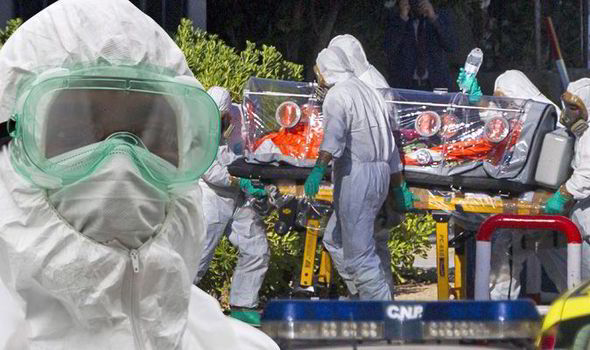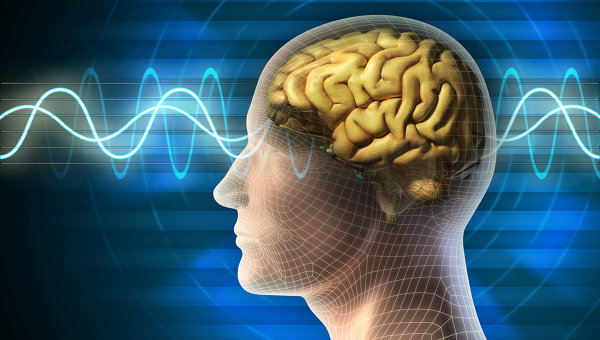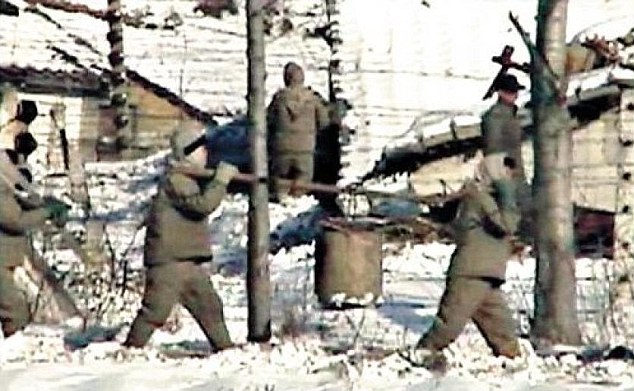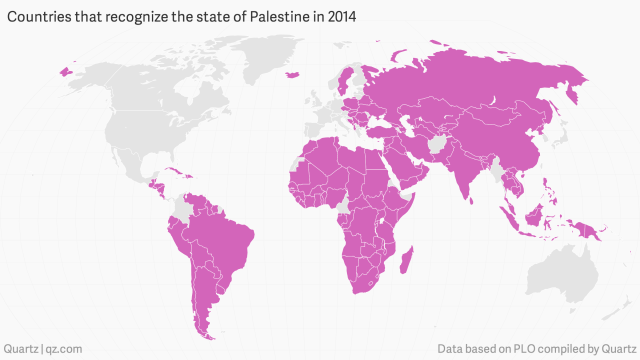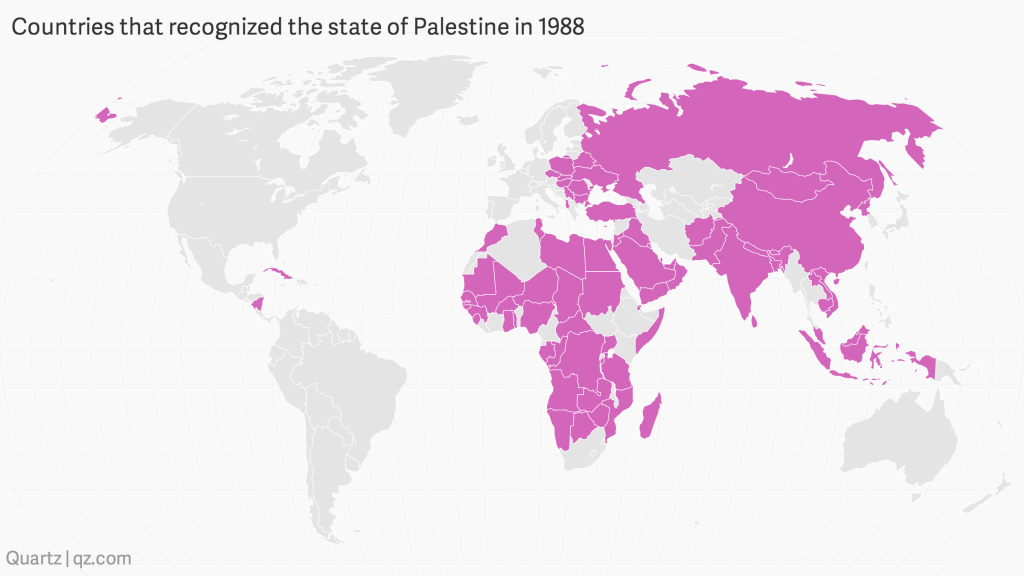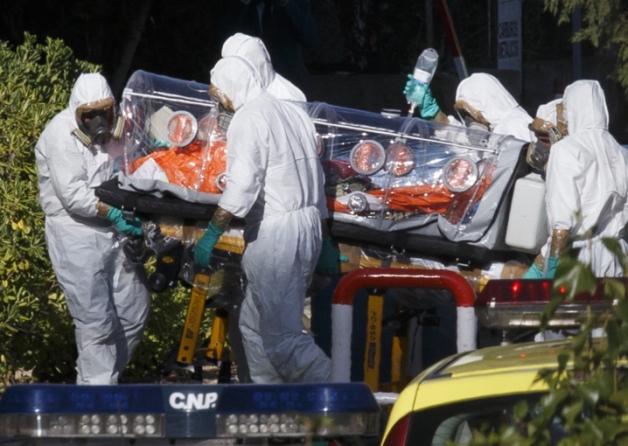McDonald’s has won a ruling in Moscow’s Tverskoi District Court after Russia’s Federal Agency for Consumer Rights Protection (Rosportrebnadzor) shut down a dozen McDonald’s in Russia, claiming that the fast food restaurant sold products that violated national dietary standards.
“The lawsuit was filed due to the chain’s violation of the legal requirements. An examination of samples revealed that the information on energy values and the composition of the products provided to consumers was not correct. This is consumer fraud,” stated the plaintiff in court.
Rospotrebnadzir had requested a court order to “stop [McDonald’s] unlawful activity” and remove violating products from menus.
“The results of a second inspection showed that the products fully complied with the regulations. We do not understand what violation is being committed. The information that is not included in the energy value tables on the customer’s trays are posted in the customer’s dining area. You can see everything,” the defendants responded.
At least a dozen McDonald’s were shut down in Russia afer Rospotrebnadzor began filing suits against the restaurant chain in May. Rospotrebnadzor conducted examinations of over 100 of Russia’s 430 McDonald’s restaurants in August, and claimed that the restaurants violated the listing standards for protein, fat, carbohydrate and energy values.
The bans instituted included cheeseburgers, royal cheeseburger, filet-o-fish, chicken burger and berry ice cream and milkshakes.
McDonald’s is thriving in Russia. Although the company reported poor Q4 sales globally, and 1.4% decline in the US, sales in Russia have been up, thanks to promotions like the current “American Classics” cheeseburgers, according to industry experts.
By James Haleavy


